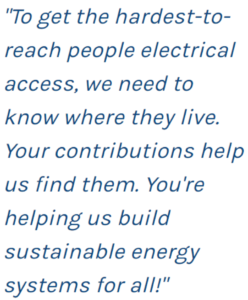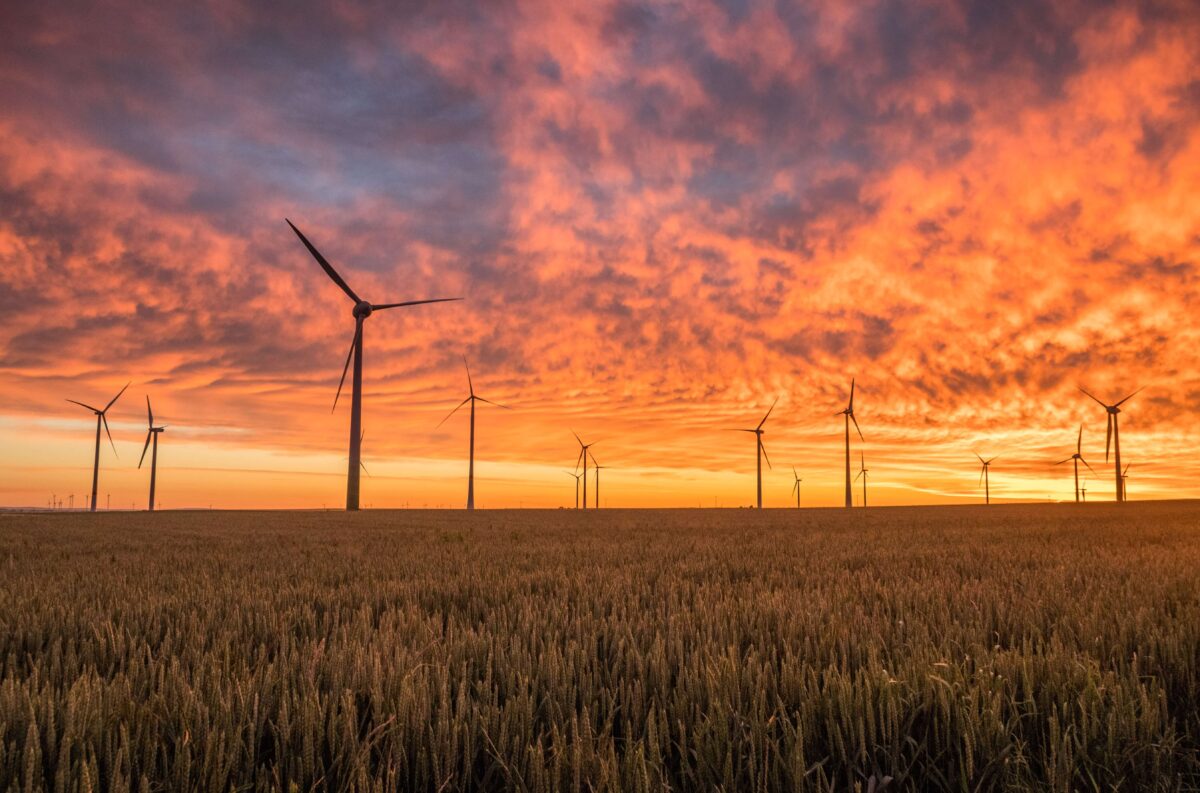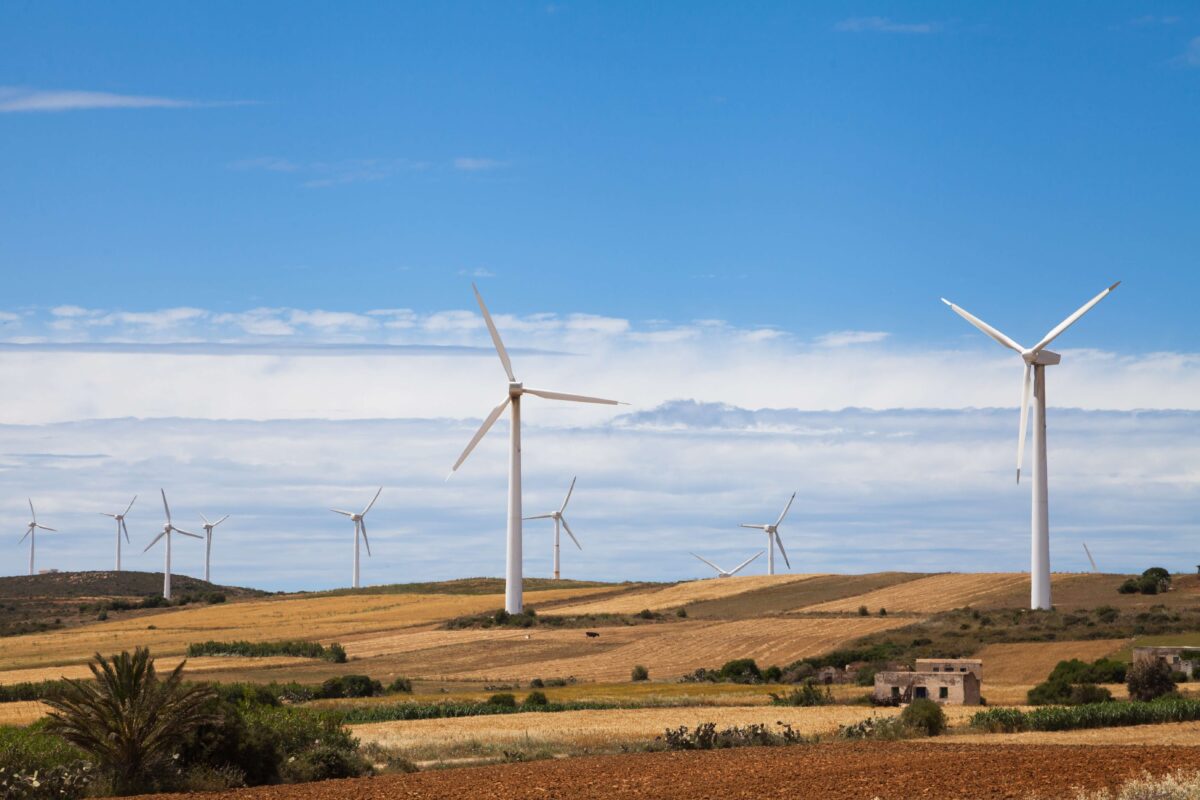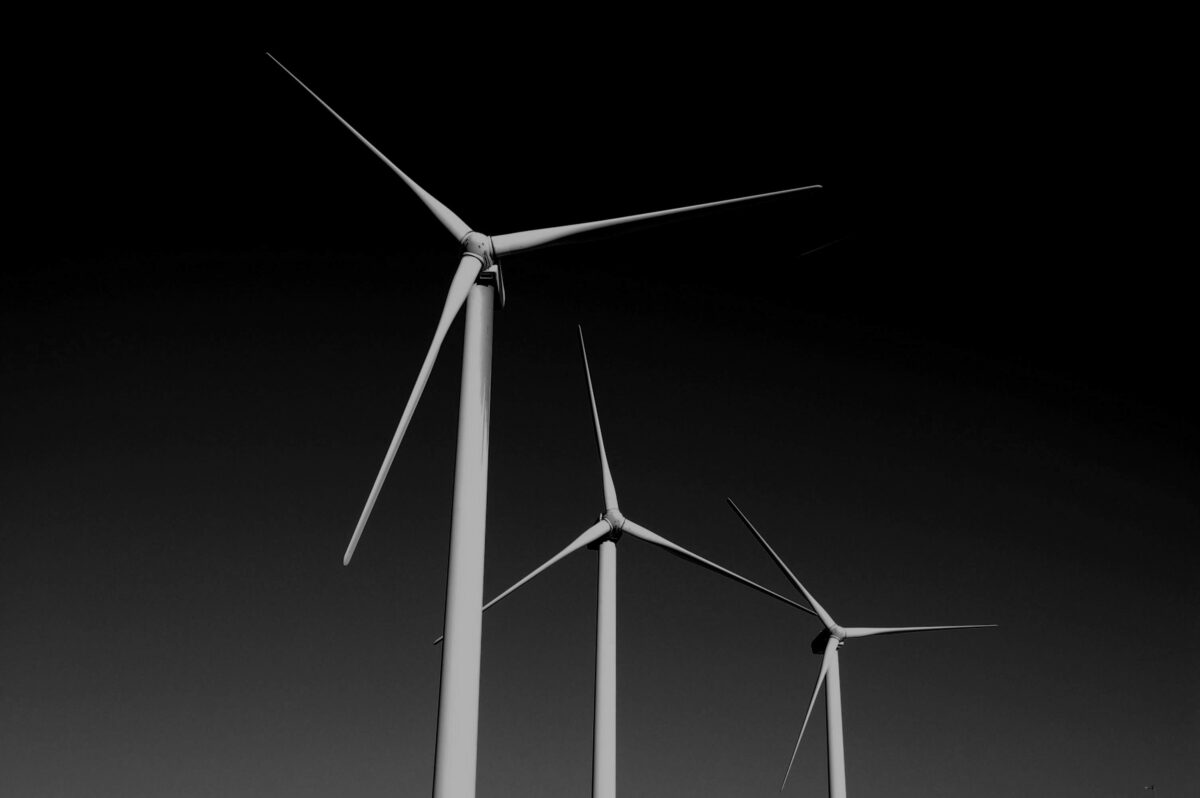Power to the People!

Do you have a spare 10 minutes? Why not become a Citizen Scientist, and help us move closer to the laudable aim of universal access to electricity?
Sustainable Development Goal 7 calls for universal access to reliable and sustainable electricity by 2030. Close to 1 billion people, live without electricity worldwide. Most live rurally, in sub-Saharan Africa or South Asia. Electricity improves and saves lives from enabling healthcare, lighting, the reduction of wood or kerosene for heating and cooking and thousands of other uses that can help improve economic prospects and alleviate poverty.
 Rural settlements often cannot be connected to national grid services due to cost and technological challenges. However, renewable off-grid solutions, such as solar home systems and community micro-grids are well positioned to serve these communities.
Rural settlements often cannot be connected to national grid services due to cost and technological challenges. However, renewable off-grid solutions, such as solar home systems and community micro-grids are well positioned to serve these communities.
To properly design the best system and build a community-appropriate rural electrical system, the size, location and power potential of the community must be determined as well as lots of other data. Gathering this information using conventional survey methods is slow and expensive.
So, Power to the People is a citizen science project that aims to accelerate the design process by capturing data from satellite imagery, and an object detection computer algorithm, suited to rural housing styles present in sub-Saharan Africa. Volunteer Citizen Scientists can give as much or as little time as they wish to look at satellite images and find rural houses in Kenya, Sierra Leone and/or Uganda!
Alycia Leonard is the key contact for this project, which is a collaboration effort between researchers in the University of Oxford’s Energy and Power Group, including Prof Malcolm McCullough and Dr Scot Wheeler, the Satellite Applications Catapult, Earth-I, and Zooniverse.
This project complements past and ongoing work at the University of Oxford in rural Africa electrification in the RISE and RELCON projects.
So if you have some spare time, why not check out some satellite images, identify some houses, and help us move closer to the laudable aim of universal access to electricity!




